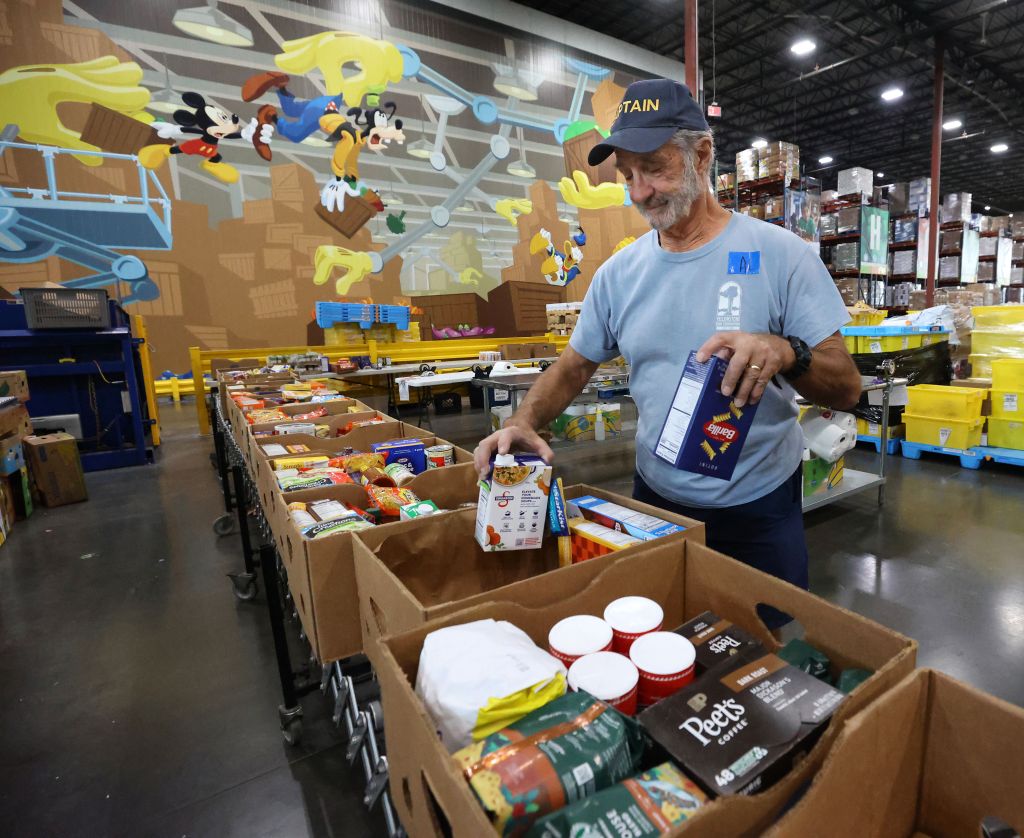Osceola County nonprofits asked the state to intervene Monday as they anticipate struggling with an increase in demand when Supplemental Nutrition Assistance Program (SNAP) benefits come to a stop this weekend.
About 24,000 households in Osceola County currently benefit from SNAP. If families “trying to put food on their table” lose that benefit, they will likely turn to food pantries, said Rev. Mary Downey, CEO of the group Hope Partnership.
“We anticipate that our local food pantries, including us, will be in crisis,” she said.
Amid the ongoing government shutdown, the U.S. Department of Agriculture, which runs the SNAP program, said its nearly 42 million beneficiaries won’t receive help buying food beginning Saturday, Nov. 1, forcing many to turn to food banks.
At the county’s legislative delegation meeting Monday, Hope Partnership, which helps the homeless, and Second Harvest Food Bank asked local legislators for any state help to continue to feed county residents.
Food insecurity in Osceola County is considerable, said Stephanie Palacios, the director of advocacy and governmental relations. Second Harvest Food Bank distributed 7.3 million meals to county residents in 2024.
“We are seeing growing demand at our pantries and with everything happening at the federal level right now we anticipate this demand is going to reach its peak,” Palacios said. “I want to remind you that for every meal that the food bank provides, SNAP provides nine. That is a gap that the food bank cannot fill.”
Second Harvest is also already struggling, with an $11 million shortfall after federal budget cuts canceled a shipment of 28 flatbed trucks filled with food.
The nonprofit is Central Florida’s largest food bank and distributes food to roughly 700 other agencies across the region. The federal funding cuts, coupled with the pause in SNAP, could spell disaster for those in need across the state. Nearly 3 million Floridians already rely on the food assistance program.
Downey said Hope Partnership already provides meals and services to many individuals. Now, without SNAP, those on the brink of homelessness or who are not yet considered homeless may seek help at food banks.
Downey said the county’s January 2025 point-in-time count, a one-day census of the number of those experiencing homelessness in the region, counted 373 individuals.
But in reality the figure is higher, she said.
In just a one month period from September to October, the nonprofit provided food, bathing and other services on a weekly basis to 1,200 individuals. Throughout all of 2024, Hope Partnership helped 5,830 people, according to data on their website.
Just last week, Hope Partnership expanded its services by opening a second second mobile shower trailer equipped with a laundry station.
“Not everyone who is experiencing homelessness is in literal homelessness,” Downey said. “There are many that are experiencing homelessness in our hotels and motels, living in their cars and other places unfit for habitation.”

